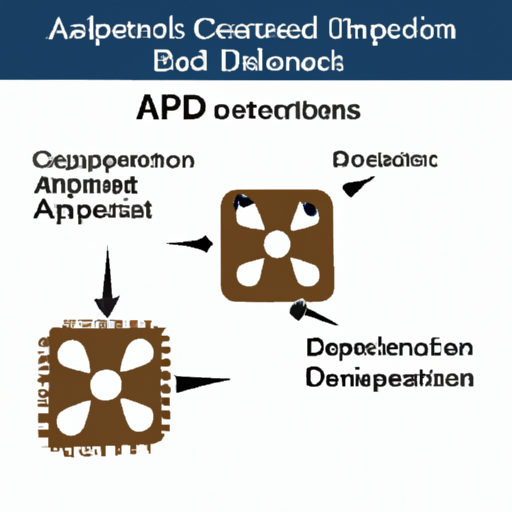Application Development in Adjustable Inductors for CFR-50JB-52-100K: Key Technologies and Success Stories
Adjustable inductors, such as the CFR-50JB-52-100K, are pivotal in numerous applications, particularly in RF (radio frequency) circuits, audio equipment, and power electronics. The development of these inductors involves several key technologies and methodologies that enhance their performance and usability. Below is an overview of the key technologies and notable success stories associated with adjustable inductors.
Key Technologies
| 1. Magnetic Core Materials | |
| 2. Mechanical Adjustment Mechanisms | |
| 3. Digital Control Systems | |
| 4. Simulation and Modeling Tools | |
| 5. Hybrid Technologies | |
| 6. Miniaturization Techniques | |
| 1. RFID Technology | |
| 2. Wireless Charging Systems | |
| 3. Audio Equipment | |
| 4. Telecommunications | |
| 5. Automotive Applications |
Success Stories
Conclusion
The development of adjustable inductors like the CFR-50JB-52-100K is propelled by advancements in materials, mechanical design, and digital technologies. Their versatility and adaptability make them essential components across a wide range of applications, from consumer electronics to industrial systems. As technology continues to evolve, the role of adjustable inductors is expected to expand, leading to new innovations and success stories in various fields. The ongoing research and development in this area promise to unlock further potential, enhancing the performance and functionality of electronic devices in the future.






